(NLDO) - A strange creature in Hubei province, China, belongs to a period called the "lost years", which could explain the early evolution of terrestrial animals.
According to SciTech Daily, the strange creature in China was named Helicolocellus by scientists from the Nanjing Institute of Geology and Paleontology (under the Chinese Academy of Sciences), representing the pre-Cambrian world that is still full of mysteries to humanity.
The discovery, published in the journal Nature, fills an important gap in the evolutionary history of sponges.

550 million-year-old strange creature fossil in China - Graphic photo: Yuan Xunlai/SCITECH DAILY
Sponges are often considered the most basic and primitive phylum of multicellular animals. Early sponge fossils may provide important clues to the origin and early evolution of animals in general, including ourselves.
Sponges appeared on Earth about 700 million years ago. However, the oldest sponge fossils ever excavated are about 539 million years old, or the early Cambrian period (541 million - 485 million years ago).
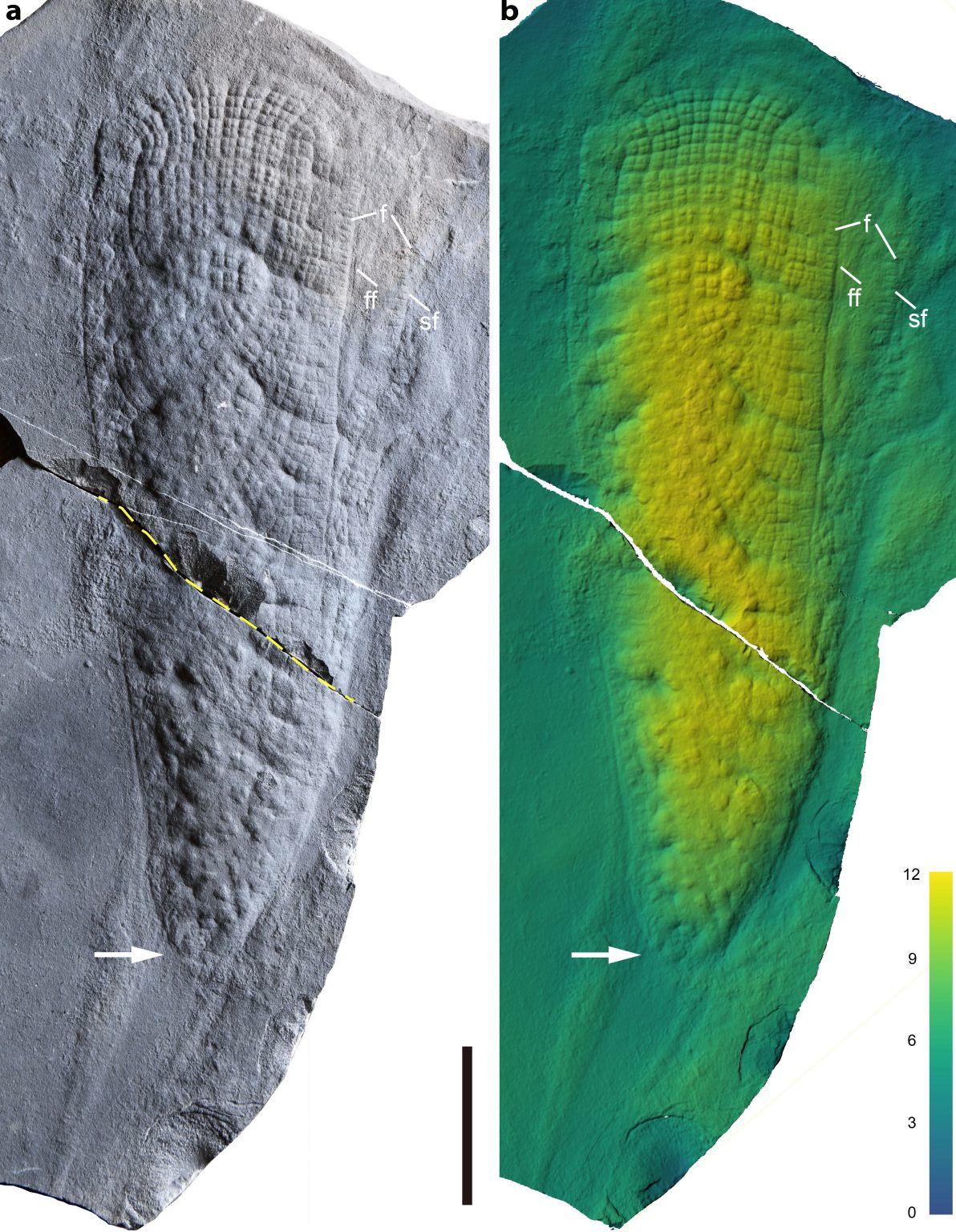
Fossil fragment excavated in Hubei province - Photo: NATURE
However, the world has changed a lot since the Cambrian period began, which also marked the greatest biological explosion on Earth.
The Cambrian is the beginning of the Phanerozoic eon, and also the end of the Proterozoic eon. What happened to early animals during the Proterozoic eon is still largely shrouded in mystery.
A 550-million-year-old fossil from Hubei, China represents one of those creatures from the darkness, a period scientists call the "lost years."
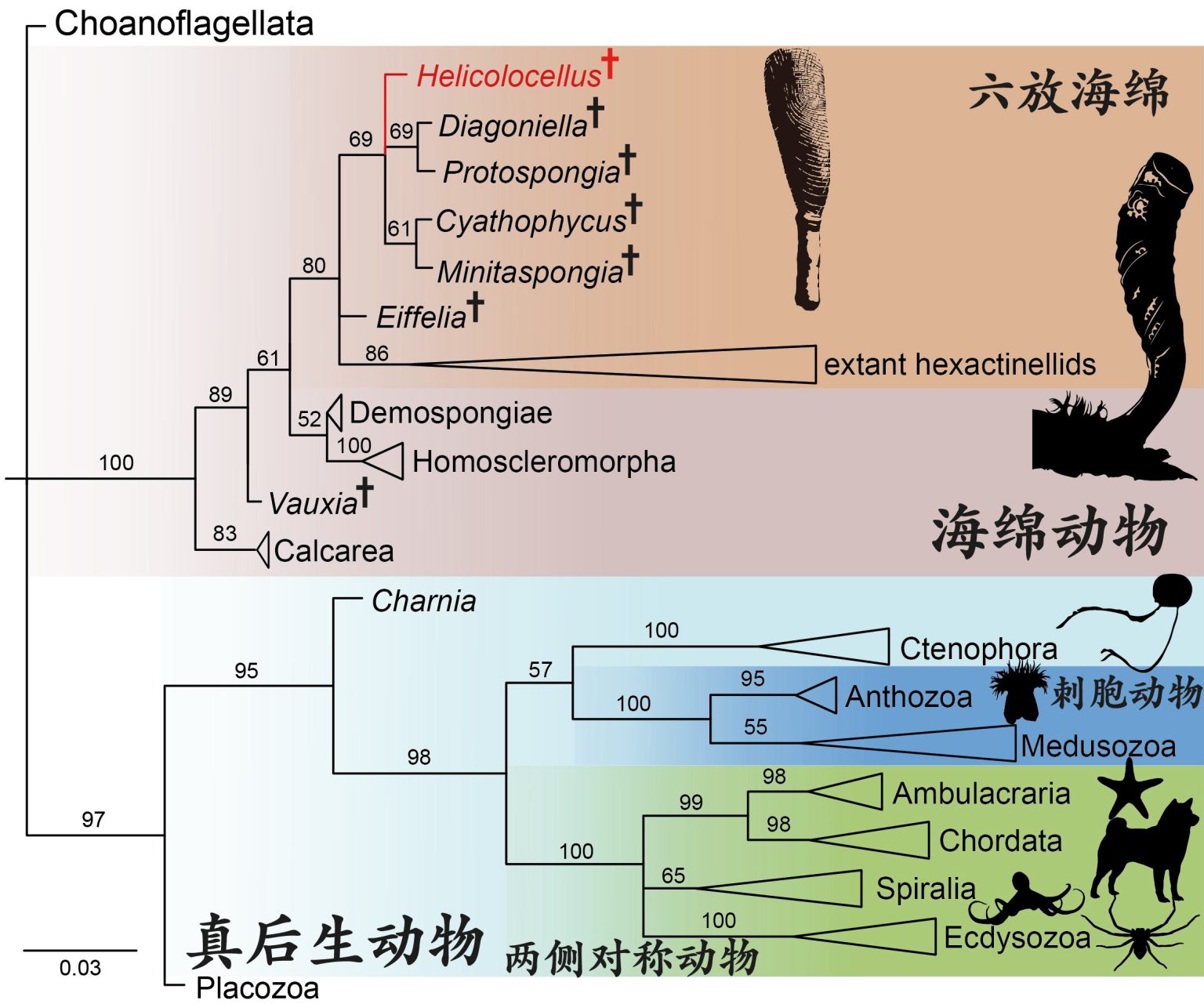
The position of the newly discovered strange creature on the phylogenetic tree is not far from our common ancestor - Photo: NATURE
The newly discovered Helicolocellus shows morphological features similar to glass sponges (Hexactinellida), such as a radially symmetrical conical body, a disc-shaped attachment structure, possibly with a central cavity and drainage channels.
This strange creature also had a mesh-like surface, which is also found in several other Cambrian species.
Their shape and structure are very similar. However, the nets in Helicolocellus are made of organic matter, while the nets in later fossil sponges are made of biomineralized spicules.
On the phylogenetic tree, this strange creature lies not far from the common ancestor of the branch of animals that would later give rise to humans and other terrestrial animals.
So how it evolved and the conditions that influenced that also provide important clues to help explain the first changes to our ancestors as the world transitioned between the two eons, contributing to today's complex evolution.
Source: https://nld.com.vn/phat-hien-sinh-vat-la-550-trieu-tuoi-o-trung-quoc-196240625080132938.htm


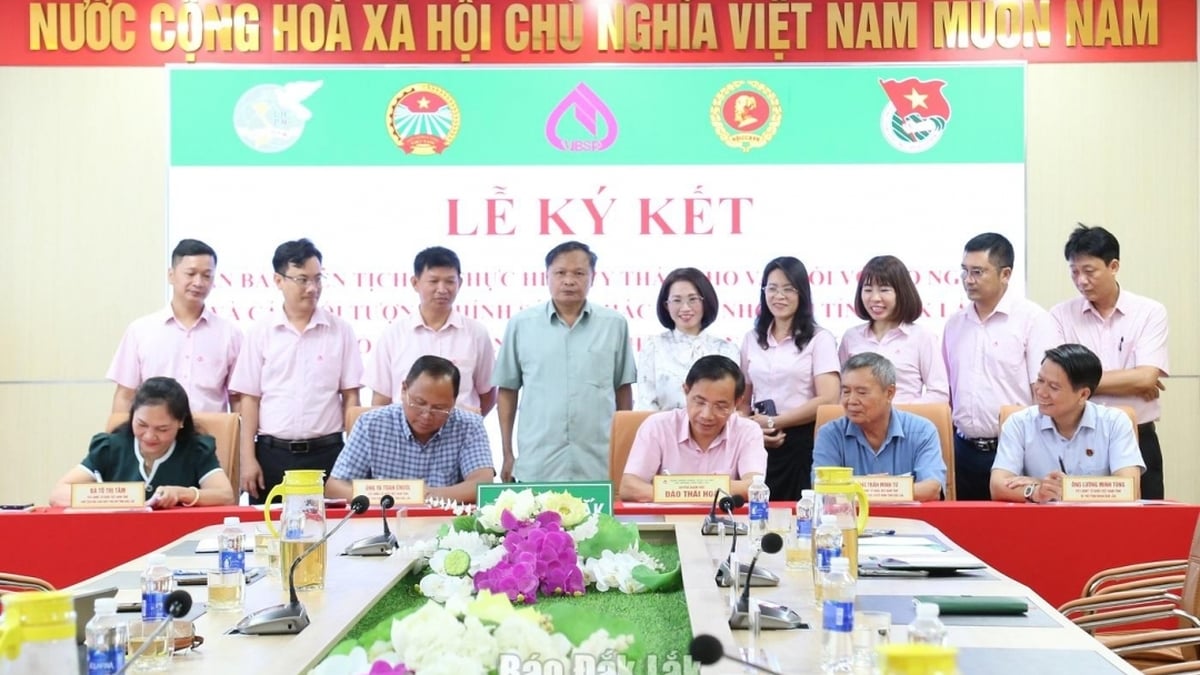







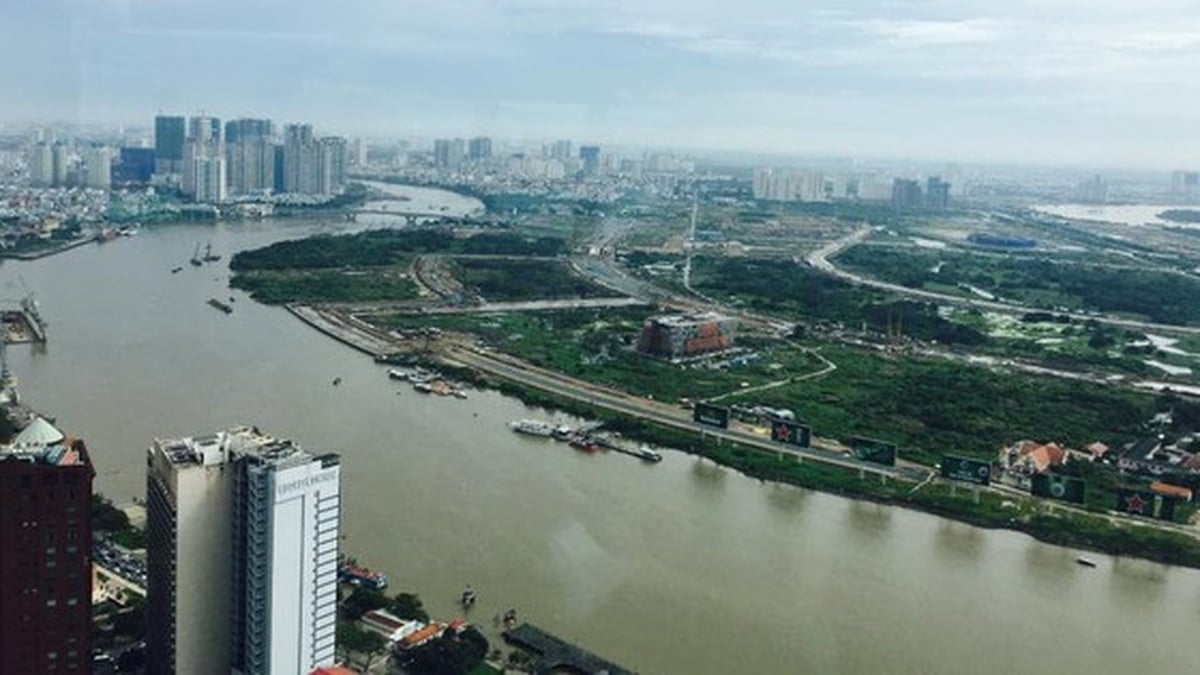



















![[Photo] Gia Lai provincial leaders offer flowers at Uncle Ho's Monument with the ethnic groups of the Central Highlands](https://vphoto.vietnam.vn/thumb/1200x675/vietnam/resource/IMAGE/2025/7/9/196438801da24b3cb6158d0501984818)



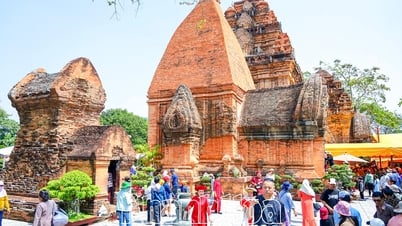













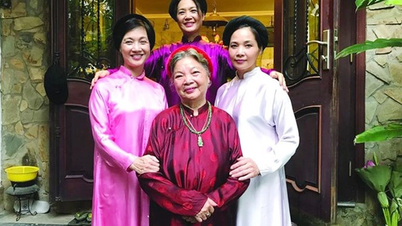





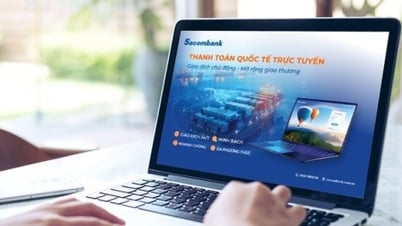





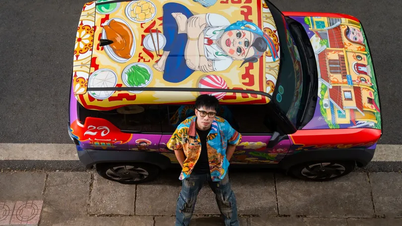



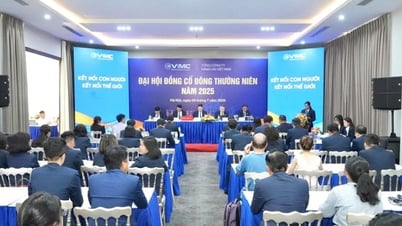

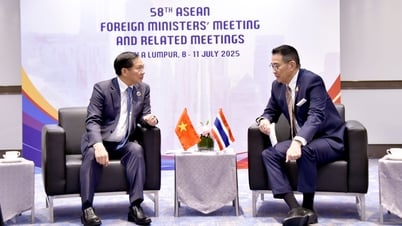

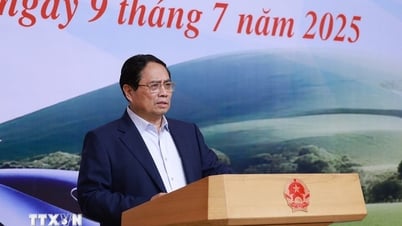

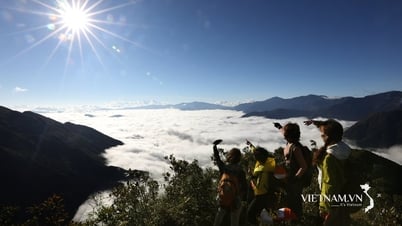




























Comment (0)